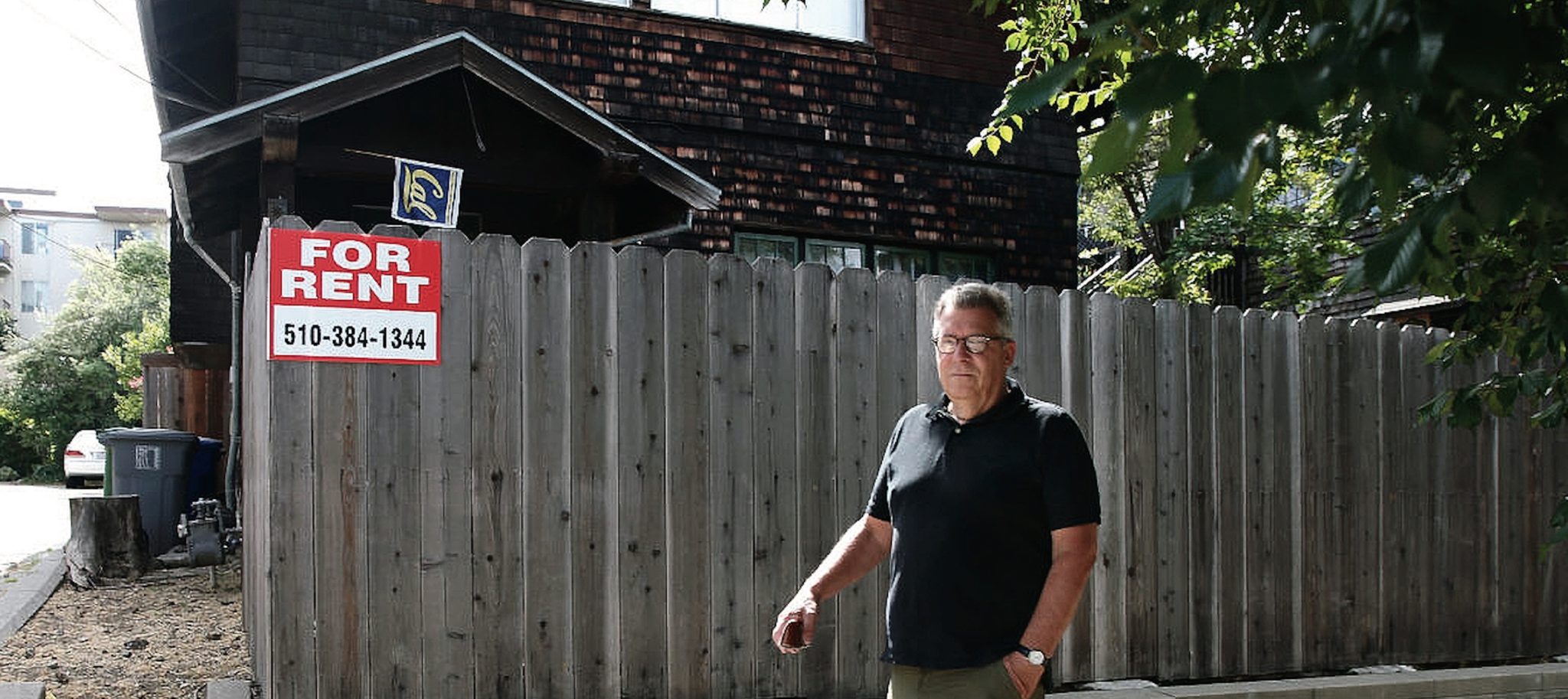In March, the public was stunned to learn that state courts had ordered UC Berkeley to freeze enrollment at 2020–21 levels, meaning that about 2,600 fewer seats would be available to first-year and transfer students for in-person enrollment in the fall. The news came less than a month before admission offers were to be sent to incoming freshmen.
The ruling, first handed down by an Alameda County judge and later left intact by the state Supreme Court, was the culmination of a lawsuit filed in 2019 by Save Berkeley’s Neighborhoods, an advocacy group of residents who have accused the university of surpassing projected enrollment by more than 30 percent while failing to provide adequate housing or study the associated environmental impacts, in violation of the California Environmental Quality Act (CEQA). The courts also halted the Upper Hearst Project that would provide housing for graduate students and faculty.
The neighborhood group points to the displacement of low-income and middle-class residents and to increased trash and noise as single-family homes have been converted to crowded “mini dorms.”
“All we have ever wanted was a legally binding commitment that they add housing before they add more students,” Save Berkeley’s President Phil Bokovoy, M.A. ’88, J.D. ’88, told the New York Times. “This is about preserving Berkeley’s culture and diversity.”
Critics, however, see the suit as a blatant case of NIMBYism and accuse the organization of weaponizing CEQA to protect its own self-interest at the expense of students.
The university announced that the tuition lost due to the enrollment cap would impact its ability to increase class offerings and provide financial aid for low-income students. The university is trying to build more housing, Berkeley spokesperson Dan Mogulof said, according to KQED, but “these kinds of legal challenges slow things down.”
In the end, legislation signed by California Governor Gavin Newsom in March rescued Berkeley from the enrollment cuts. AB 168/SB 118 removes student enrollment at public colleges and universities as a separate consideration under CEQA, and it gives them 18 months to complete any court-ordered environmental review before being subjected to a mandatory cap on campus population. In the meantime, Berkeley offered admission to more than 15,000 freshman and 4,500 transfer students, as originally planned.
“This bill provides a clearer, more transparent and more predictable process for analyzing and managing the environmental impact of campus populations under CEQA while also ensuring students are not harmed because of ongoing policy disagreements,” UC President Michael V. Drake said in a press release.
Bokovoy believes the bill is “poorly drafted and confusing” and gives UC Berkeley a “unique free pass.”
However, Assemblymember Phil Ting ’92, who contributed to the passage of the legislation, emphasizes that the bill doesn’t exempt the university from CEQA review, but instead gives it more time to remedy the situation.
“We are here because we know as a state, there is a very large demand for our public higher education system,” Ting said in a Assembly Committee on Budget hearing. “We need all the different universities … in our local areas to continue to grow so we can continue to offer access to this extraordinary system the state has invested in.”




















